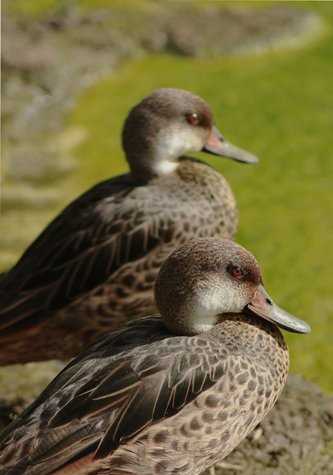It was time for the National Geographic Islander to visit civilization. Although we had pristine wildlife on our previous days, this was the day to learn about projects and all the efforts currently happening for the conservation of the Galapagos species. The town of Puerto Ayora holds the headquarters of the Galapagos National Park Service and the Charles Darwin Research Station, both of which work together for the conservation of the enchanted archipelago.
We started our day by visiting the breeding center of the National Park. Here we learned about the conservation programs that are being implemented to restore the dynasty of the Galapagos giant tortoises. Some characters of the station were spotted within the facilities, such as the case of super Diego, a saddle-back male tortoise brought from San Diego Zoo California; this is the male who helped save the species from Espanola Island. The tourist industry is the main source of income. Here, we have schools, high schools, and universities for the education of the local people. Puerto Ayora is a nice, clean town and it was part of our experience as we visited this island to spend some time exploring the shops and art galleries.
We headed next to the Highlands, where we visited a local sugar cane press. There we learned about the processing of brown sugar, coffee, and sugar cane alcohol. It was an excellent little taste of the social side of the islands and a remote side of how the fist colonizers lived in the islands when they first established.
We explored the highlands in the afternoon. The Galápagos giant tortoises are distributed across a large part of the humid zone on Santa Cruz. This afternoon we spotted a lot of them; there were a few females and many large males. Some tortoises were cooling off in the rain water ponds, where pintail ducks were also seen together with a couple of black-necked stilts. We finished our highlands expedition by going on an underground exploration into a double decker lava tube. The geological features within the tube were just breathtaking—striations and ripples on a roof of pure basaltic lava. We got to spend a pleasant time with the giants of the Galapagos, and great photographs were taken, but the memories of the experience are irreplaceable.







